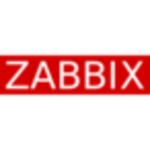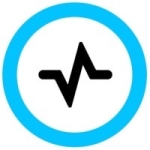The primary use is for both corporate and manufacturing plants' applications.
Performance has been great. We started out with application monitoring and now we're in the process of switching over to Dynatrace. So far it's yielding great results. It's getting people to think more, and it's easier to deploy.
The old generation tool from Dynatrace, the application monitoring, has been our defacto solution, and it was very successful. Switching over to Dynatrace it
- reduces complexity
- increases the speed to market
- reduces the amount of knowledge that is needed by applications consuming this data.
There are two main features that we're very interested in. Number one is, when the tool ingests data from other tools, being able to correlate those with the existing topology, so that the AI engine can draw more conclusions in case Dynatrace does not monitor those instances.
Also, more dashboards like AppMon.
Stability is great, and it's constantly improving. We haven't had any issues with it. There hasn't been any downtime since I've been working on it.
We haven't scaled the Dynatrace solution at this point.
Technical support is really great, and they're very quick. If they cannot fix it, they're very good about escalating right away to product development.
Our issues were mostly around Synthetic, some incompatibilities with the JavaScript frameworks. For Dynatrace specifically, it was for the browser RUM.
When I joined our company, they were already using a little bit of Dynatrace. The concept of APM was there. And then, the company that I had joined split from the initial company. It was pretty much a new, clean slate, but there was the awareness of APM already there.
It was very straightforward. We deployed it on our own.
We evaluated ManageEngine because we already have their infrastructure monitoring. We did evaluate their APM solution, but it was no where near as good as this solution.
I think our complexity is increased by the fact that we use a lot of custom, off the shelf, or COTS, applications, as well as in-house applications. So that introduces a high complexity of different technologies. Having a tool that can be self-injected into all of these is one thing. And the second thing is the fact that it gets deployed at the host level, without having to go tweak application containers. That reduces complexity and the time to value a lot.
We still have some siloed monitoring tools but they don't have any awareness of other components that might make up that application's delivery chain.
If we had just one solution that could provide a real answer and not just data, at the company level it would definitely reduce a lot of the downtime. That would be key for our company, especially since we're in the manufacturing environment and deal with very strict SLAs with our customers.
Our most important criteria when working with a vendor are
- their willingness to understand the needs of our company
- the responsiveness to technical questions
- the availability during a PoC, so that we can address outstanding items.
I definitely rate this solution a 10 out of 10, because it's a very mature product, and due to the quality of support.
Make sure they understand what you're going to use the tool for, and do a PoC and you will be amazed at how fast you get value from it.















